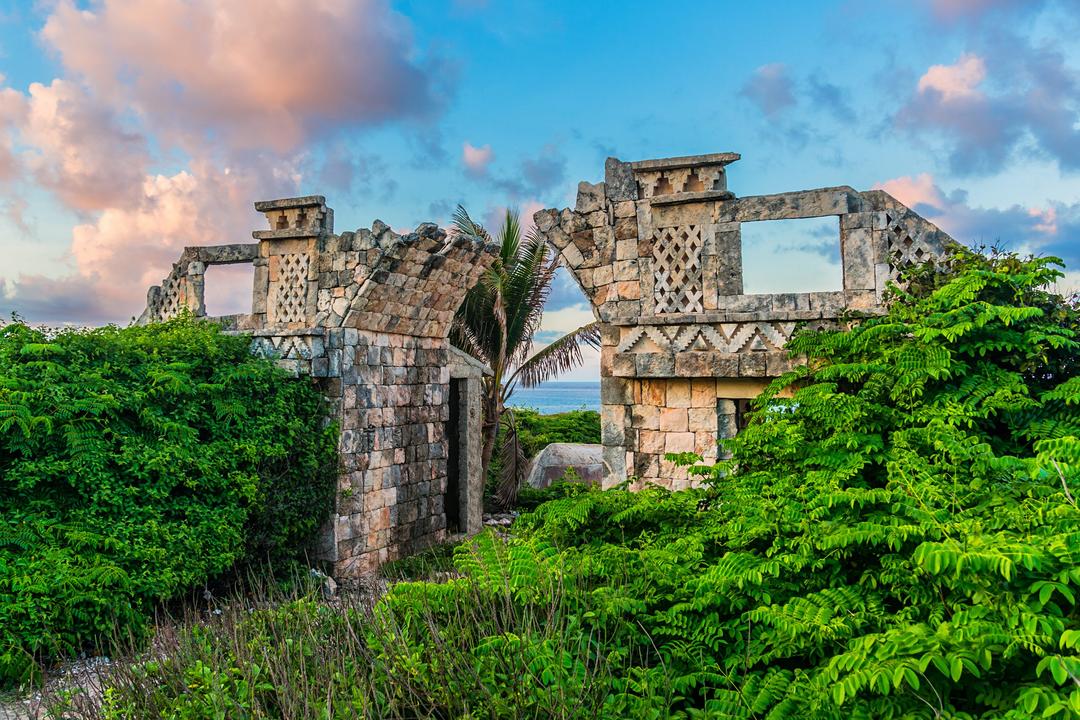The archaeological site of El Tajin
Those passionate about architectural ruins will be aware of the rich heritage that exists in Mexico thanks to ancient buildings such as the site of Calakmul among many others that have been discovered over the centuries.
If you still want to know more about the most important archaeological sites in the country, stay and read the following lines about the history of the pre-Hispanic city of Tajin.
History of Tajin
The meaning of Tajin is ”great smoke” or ”thunder” in Totonac, the name of this ancient Mesoamerican pre-Hispanic city in Veracruz, Mexico. Here temples, mountains and slopes coexist, a place that has become one of the busiest areas in all of Veracruz.
It was a sacred capital city of the Totonaca empire, which is composed of buildings that are astronomical indicators; for example, its most important structure marked the spring equinox.
The pre-Hispanic city of Tajín
One of the highlights of the Tajin ruins is that it is currently the pre-Hispanic city with the most ball games in existence, with a total of 20. This ancient game, dedicated to the gods and with religious connotations, was very popular in Mesoamerican times.
Inside the enclosure there is a museum that exhibits objects of great cultural importance such as reliefs, sculptures, paintings and much more. This was designed by Teodoro Gonzales, who divided the building into two large halls and it was finally inaugurated in the middle of the 20th century.
In the first room there are sculptures made of different materials, models of the entire archaeological city, among others. The second room exhibits everyday objects of the ancient Totonacs, as well as recreations of their dwellings, rituals and much more.
Get to know the pre-Hispanic city of Tajin from the inside by purchasing an entrance ticket that costs approximately 80 pesos, a space open to the public every day of the week from 9:00 AM to 17:00 PM.
There are five entrances through which to enter: Veracruz, Tampico, Mexico City, Puebla or Xalapa. Depending on your route through the country, you will need one entrance or another, although you can also get there by public transport.
The pyramids of Tajin
All the constructions of the city of Tajin are very important, however the most outstanding is the Pyramid of the Niches for its complex facade decorated with a total of 365 niches (one for each day of the year).
Its value lies in the fact that it was an astronomical marker for the ancient citizens of the city, which helped with the agricultural calendar and announced the seasons. Another of the discoveries were the building’s decorations, which show the descent of the god Quetzalcoatl, in charge of sowing and agriculture.
The ruins of Tajin
- Pyramid of niches
- Ball games
As a curiosity you should know that the city was practically hidden until 1785 due to the vegetation of the place. The site consists of some 168 buildings of which only 41 can be visited, reaching an area of approximately 1,220 hectares.
Its importance is such that in 1992 it received the title of Cultural Property on the UNESCO World Heritage List.
Related Posts:The archaeological site of El Tajin
Continue informing yourself...

Xoximilco Cancun Party

What to do in Cancun (Part 1)

Have you Been to Marimba Park?

